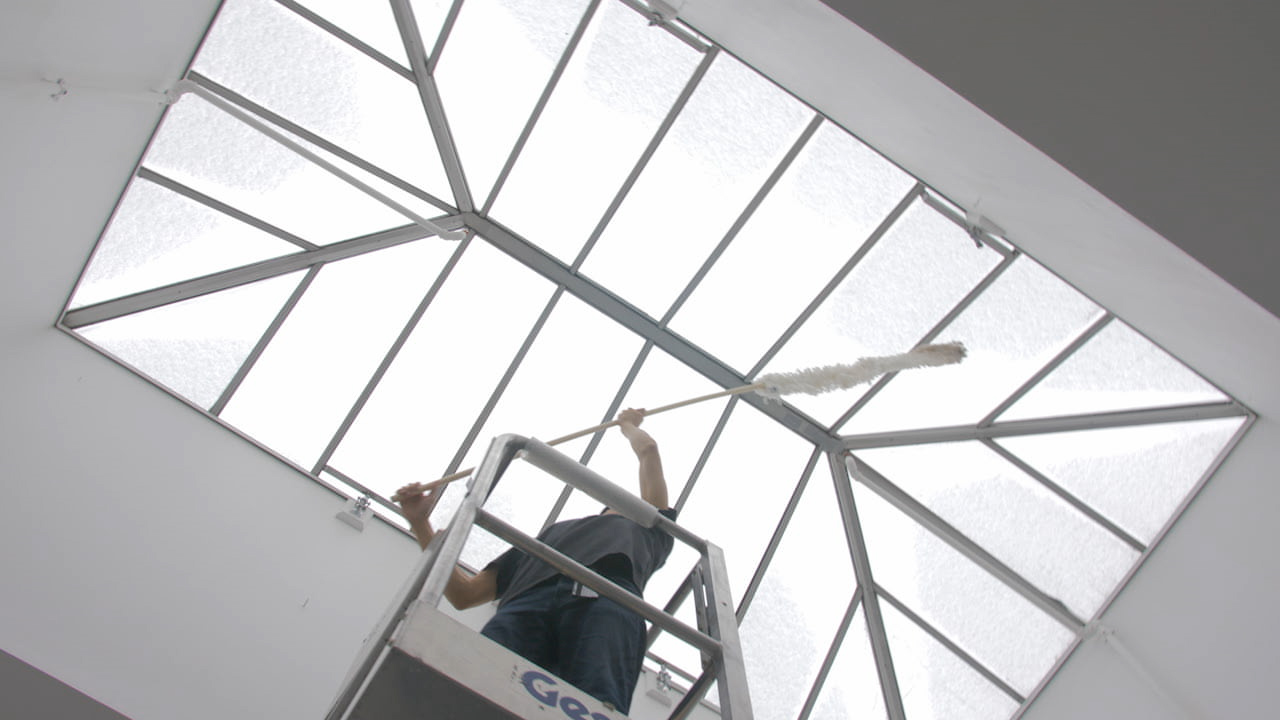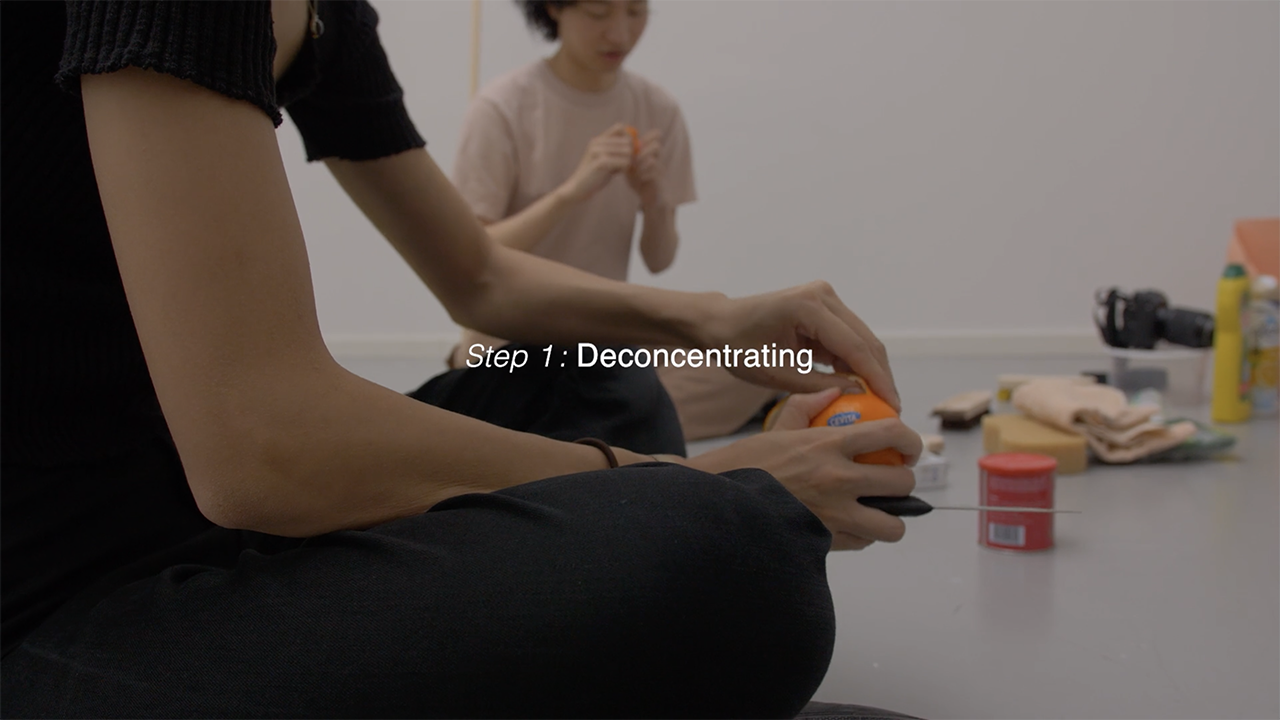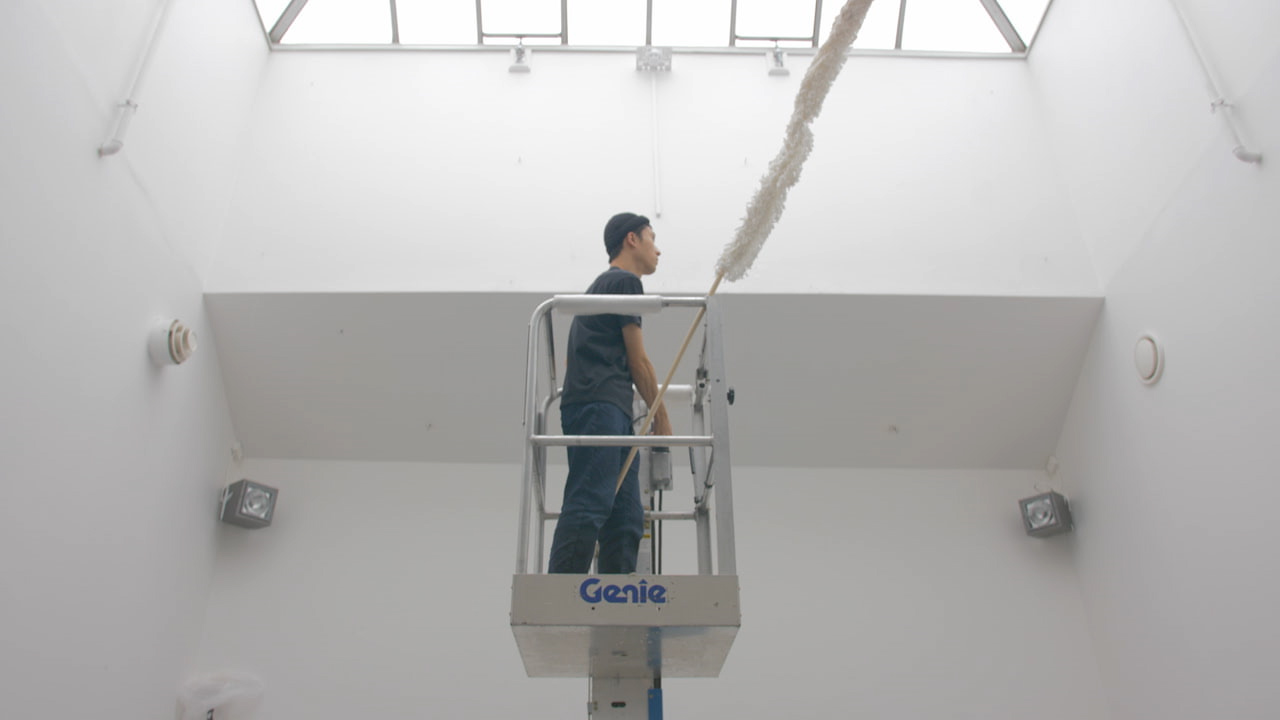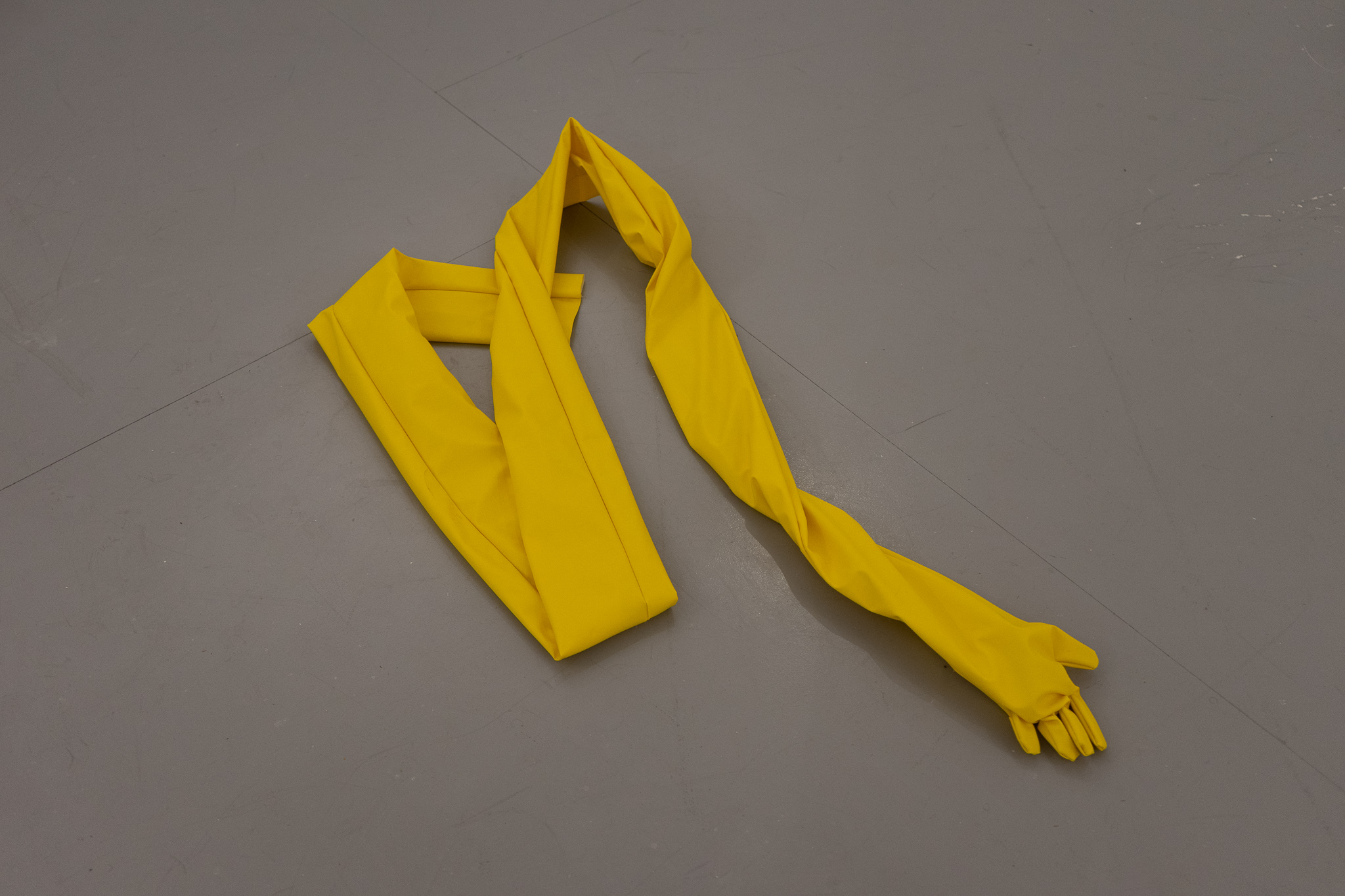‘KEEP IT CLEAN’
Galleri Skylight, Oslo, Norway13:00-14:00 (CET), 3 Dec 2019

‘Keep It Clean’; site-specific cleaning workshop (still image from the Full HD video documentation); dimension variable

‘Keep It Clean’; site-specific cleaning workshop (still image from the Full HD video documentation); dimension variable

‘Keep It Clean’; site-specific cleaning workshop (still image from the Full HD video documentation); dimension variable

Close-up of ‘Keep It Clean’, still image from the Full HD video documentation

Close-up of ‘Keep It Clean’, still image from the Full HD video documentation

Close-up of ‘Keep It Clean’, still image from the Full HD video documentation

Close-up of ‘Keep It Clean’, still image from the Full HD video documentation

Close-up of ‘Keep It Clean’, still image from the Full HD video documentation

Close-up of ‘Keep It Clean’, still image from the Full HD video documentation

Close-up of ‘Keep It Clean’, still image from the Full HD video documentation

Close-up of ‘Keep It Clean’, still image from the Full HD video documentation

Close-up of ‘Keep It Clean’, still image from the Full HD video documentation

Close-up of ‘Keep It Clean’, still image from the Full HD video documentation

Close-up of ‘Keep It Clean’, still image from the Full HD video documentation

Close-up of ‘Keep It Clean’, still image from the Full HD video documentation
(Video documentation by Rickard Aall; Photo documentation by Jacky Jaan-Yuan Kuo)
Silently and steadily dirt covers our living space. Cohering to various outlines of surfaces, substances and volumes, the tiny but discernible physical properties of dust pile up evenly and continually. When humans repeatedly clean our environment, we keep on updating cleaning supplies (preferably to be timesaving, effort-saving, and effective), and transfer the dust from a domestic to a natural environment. This human labour is based not only on the notions of hygiene, but on mechanisms or the exercise of power toward natural conditions, where homogenisation, governance, and control are employed.
At the beginning of the workshop, Keep It Clean, participants sit on the ground, boiling their own natural cleaning solutions, collectively, and then purifying the gallery space with exaggerated, unconventional sizes of cleaning tools, such as brooms/brushes with long handles, rolls of rugs, gloves with expansive sleeves, bars of soap. By matching up the outlines, materials and functions of cleaning supplies − as if dust is always shaped by space, our new ways of reactions and body movements loosely change from subject to object.
Ultimately, the perfectly ‘clean status’ is proclaimed between the participants, objects, and space, on which the concept of the workshop is largely based - both demonstrating the power and effectiveness of humans’ control in an absurd way. Here, will ‘the complex compounds’ (which are reproduced between the participants, objects, and spaces) to some extent ‘return’ to nature? Or to possibly reenter the same/another space? Or, the remnants are staying (with nowhere else to go), and awaiting the next clean?
Workshop leader:
Jacky Jaan-Yuan Kuo;
Participant:
Montserrat Mariana Llampallas (MX), Jinbin Chen TianYi (CN), Shuk Pui Yu Bobby (HK);
Video documentation:
Rickard Aall;
Photo documentation & video editing:
Jacky Jaan-Yuan Kuo
Support:
Oslo National Academy of the Arts (Kunsthøgskolen i Oslo)
(ENG︎︎︎中文) (︎︎︎Back to Overview)

‘Keep It Clean’; site-specific cleaning workshop; semi rubber waterproof fabric; 15 x 300 (cm)

‘Keep It Clean’; site-specific cleaning workshop; semi rubber waterproof fabric; 15 x 300 (cm)

Close-up of ‘Keep It Clean’